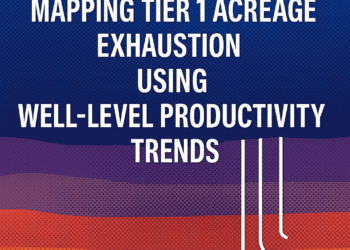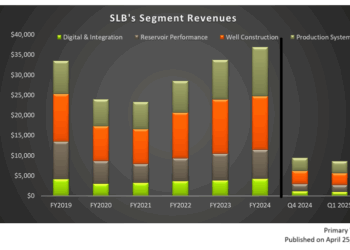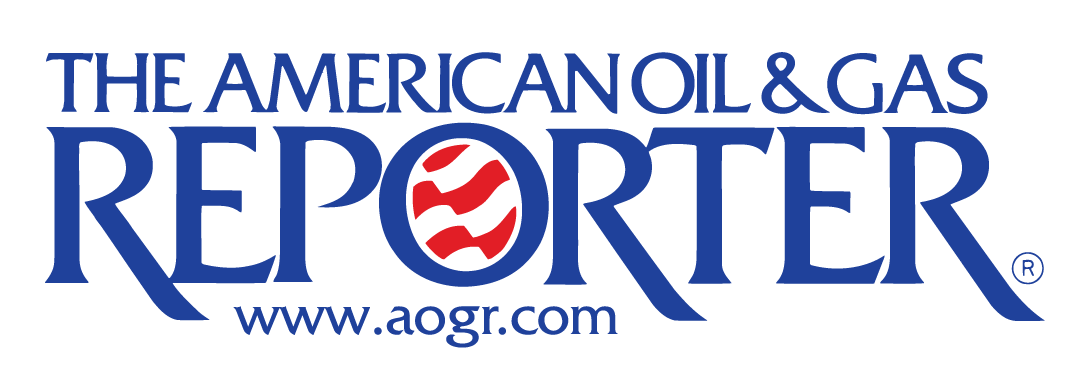Market Outlook
We have already discussed Liberty Energy’s (LBRT) Q2 2024 financial performance in our recent article. Here is an outline of its strategies and outlook. LBRT considers relatively soft drilling activity in the oil and gas basins would adversely impact the fracking industry. Completions activity, consistent with the energy production fall, fell in 1H 2024. Demand, however, remained relatively firm, which would tighten the demand and pricing for quality frac spreads. Another feature of the industry is the rapid demand for higher-intensity fracs with increased horsepower, which is replacing older equipment, resulting in lower available horsepower despite higher fracturing demand.
The trend is further intensified by the consolidation of the upstream industry. OFS companies will require superior technical solutions. In the supply chain, higher efficiencies in procurement, manufacture, and delivery, including LBRT’s digiTechnologies and LPI services, would result in a competitive advantage. The company’s believes that the “markets remain constructive on favorable multiyear market fundamentals.” Crude oil prices, although volatile, are still above the level that produces unprofitable returns for the suppliers. The gas producers appear to have reduced drilling and completions activity and production. Natural gas prices, however, have been weak. Nonetheless, the long-term outlook for natural gas is positive due to new LNG export facilities and growth in power demand.
Strategies And Key Focus Areas
After 1H 2024, LBRT sees the fracking market decelerating after some operators front-loading their budget. Despite that, it will invest in the portfolio with a healthy return of capital to shareholders. So, it expects its performance to remain steady in 2H 2024, while it expects a modest growth in 2025. Natural gas activity, which has been slow going since early 2023, will likely reverse in 2025 because operators need to boost activity to keep production at the same level. Crude oil production has been flat over the past 6-8 months as completion activity slowed down over the past three months. Although the situation will unlikely change much, crude oil production can decelerate marginally in 2H 2024. Given the momentum, in 1H 2025, activity can increase.
Following the deployment of natural gas fuel digiFleet and gas substitution with the company’s dual fuel equipment, its diesel displacement is at a record high. In Q1, it deployed its first few digiFleets. As we discussed in our previous article, digiFleets and dual-fuel fleets will account for 90% of its total frac spread composition by the end of 2024. Over the past year, dual-fuel gas substitution levels have increased by 25% due to the addition of Liberty Power Innovations (LPI) to supply on-site natural gas, investment in automated operating systems, and increased visibility with real-time data. The company enhanced its LPI portfolio with the commissioning of operations in the DJ Basin. It included compression capacity and logistics assets with the first CNG sales in June. On top of that, the company’s Sentinel logistics platform harnesses real-time data and AI predictive analytics. The use of this technology reduced proppant delivery uptime by 90% and truck count and delivery time by ~35%.
LBRT’s Frac Strategy
LBRT’s frac plans did not change in Q2. It brought in the seventh digiFleet in Q1 and plans to operate ten next-generation frac spreads by early 2025. LBRT does not plan to add any more capacity in 2024. Its diesel fleets are declining in their percent market share. Its Permian operations are growing. It is actively looking to start new operations in the DJ Basins and Haynesville. The company’s natural (supplied by LPI) not only operates its own frac spreads but also supplies customer rigs.
Financial Performance And Balance Sheet
LBRT’s revenues increased by 8% in Q2 quarter-over-quarter, while its adjusted EBITDA recorded an 11.6% rise. Its net income increased by 32% in Q2 2024 from Q1. Read more about LBRT’s performance in our short article.
In Q2, LBRT distributed $42 million to its shareholders. Since July 2022, it has retired 12.5% of shares outstanding plus cash dividends. Its $134 million in capex in Q2 included investments in digiFleets, LPI infrastructure, dual fuel fleets, upgrades, Liberty Advanced Equipment Technologies, and facility construction, among others. Net debt increased by $13 million since the end of FY2023. Its liquidity, including cash and availability under the credit facility, was $322 million as of June 30.
Relative Valuation

Liberty is currently trading at an EV/EBITDA multiple of ~4x. Based on sell-side analysts’ EBITDA estimates, the forward EV/EBITDA multiple is slightly higher. The current multiple is significantly lower than its five-year average EV/EBITDA multiple of 15.8x.
LBRT’s forward EV/EBITDA multiple expansion versus the current EV/EBITDA is lower than its peers because the company’s EBITDA is expected to decline les sharply than its peers in the next four quarters. This typically results in a moderately higher EV/EBITDA multiple than peers. The stock’s EV/EBITDA multiple is lower than its peers’ (NINE, PUMP, and ACDC) average of 5.1x. So, the stock is undervalued compared to its peers.
Final Commentary
LBRT remains cautious about the drilling and completion activity recovery anytime soon. However, it believes the “markets remain constructive.” Technological advancements in the market have increased the demand for higher-intensity fracs, which will eventually lead to lower available horsepower in the industry. Energy prices’ volatility in the current scenario can also adversely affect drilling and completion activity, although, in the long term, higher LNG requirements will stabilize natural gas prices and demand. LBRT will likely keep its frac operations stable now but plans to increase it by 2025.
LBRT, for its part, has increased its investments in digiFleets and dual-fuel fleets, which has increased gas substitution levels. LPI has played a significant role in the prices, particularly in the DJ Basin. The company’s Sentinel logistics platform for real-time data and AI predictive analytics has enabled the process. The company’s cash flows increased noticeably in 1H 2024 as it continued to generate return capital to shareholders. The stock is relatively undervalued compared to its peers at this level.

















